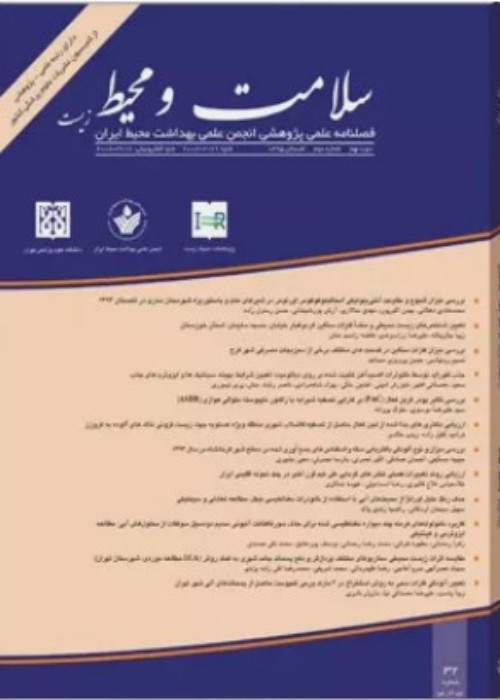Risk factors affecting the mortality of COVID-19 patients: impacts of modifiable factors
Understanding the factors contributing to the mortality of COVID-19 patients can provide comprehensive information for preventive decisions and public health, and will help in better management of the epidemic. In this regard, the present study was conducted with the aim of identifying and introducing risk factors affecting the mortality of COVID-19 patients by modifiable and non-modifiable factors.
In this review study, according to the objectives of the study, related papers on risk factors affecting the mortality of COVID-19 patients were searched and collected in the international databases of Web of Science, Scopus, Embase, PubMed, and Google scholar. Then the results were extracted and reported by modifiable and non-modifiable factors.
The results showed that almost all studies conducted in this field address non-modifiable risk factors such as age, sex, and underlying diseases including cardiovascular disease, diabetes, hypertension, respiratory diseases, cancer, self-diseases, autoimmune, and neurological diseases. Although few studies have been conducted on modifiable risk factors, lack of early admission or long waiting for hospital admission, occupancy of hospital beds and ICUs, as well as lack of equipment in hospitals were associated with increased mortality in these studies.
Regarding the situation of different countries in this epidemic, improving the control of the COVID-19 epidemic and reduce the mortality rate is possible by considering modifiable factors and taking appropriate measures. According to the results of studies, allocating sufficient financial, personnel and equipment resources can be effective in reducing COVID-19 mortality. However, controlling the COVID-19 epidemic to reduce morbidity and mortality as well as its economic and social consequences is possible by integrated management in the country. Also, using the experiences and guidance of the World Health Organization and successful countries, and stability in measures with a comprehensive approach should be considered.
- حق عضویت دریافتی صرف حمایت از نشریات عضو و نگهداری، تکمیل و توسعه مگیران میشود.
- پرداخت حق اشتراک و دانلود مقالات اجازه بازنشر آن در سایر رسانههای چاپی و دیجیتال را به کاربر نمیدهد.


